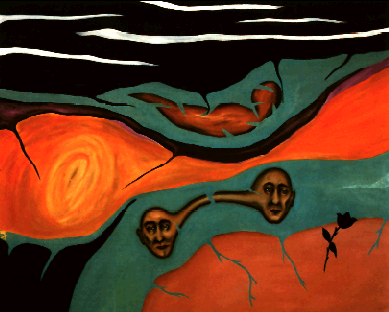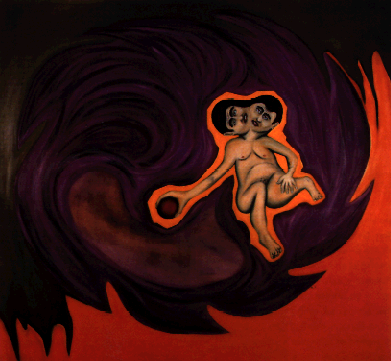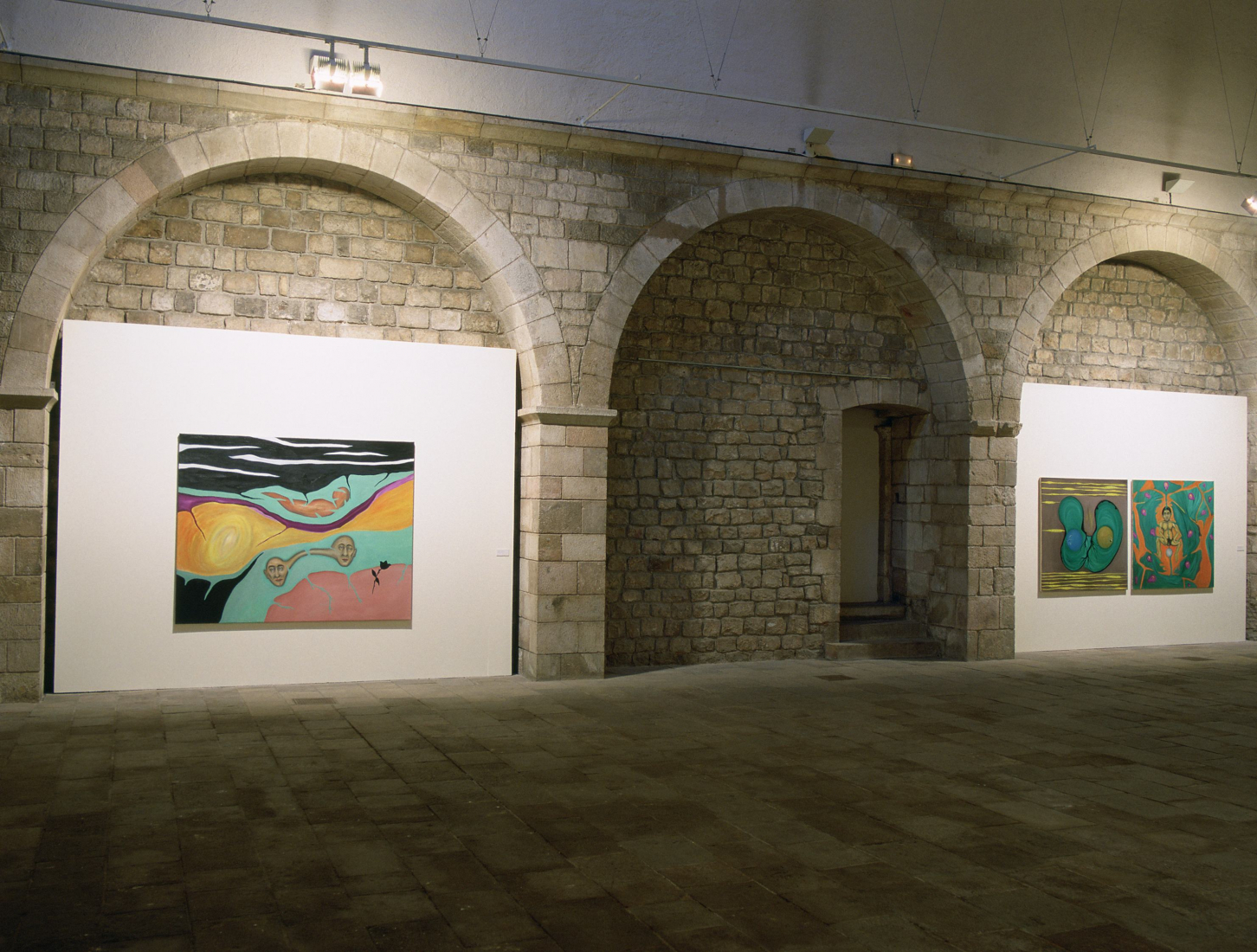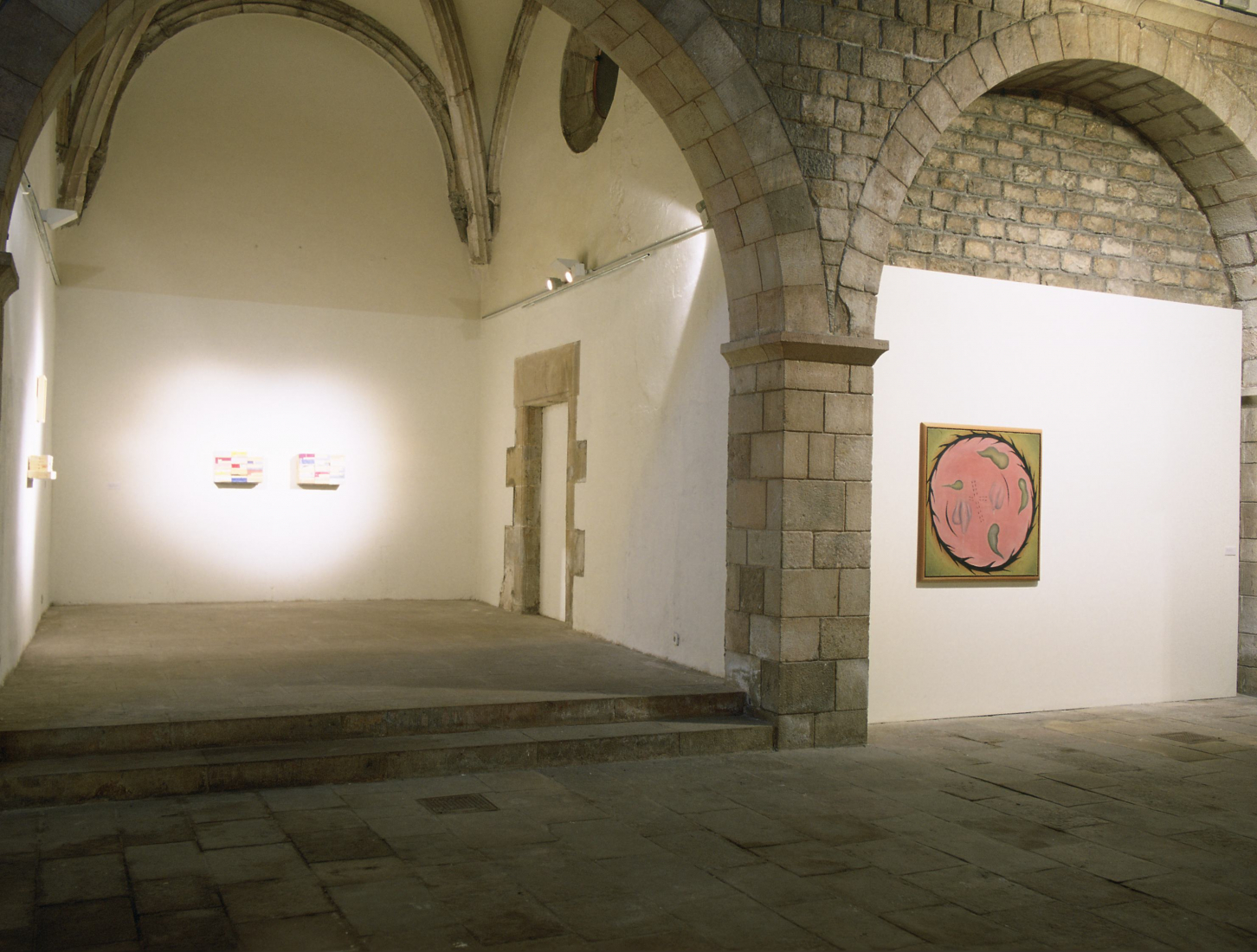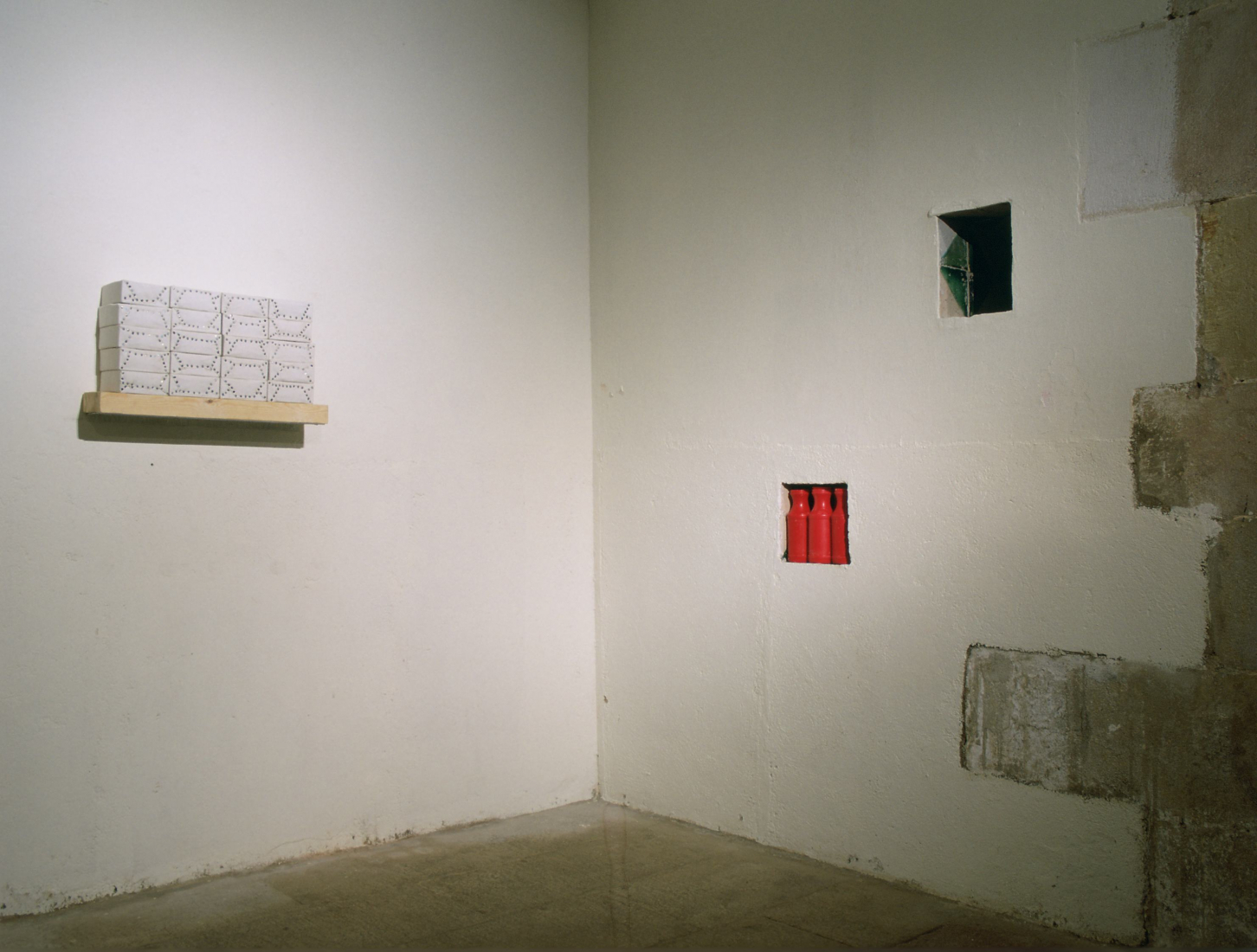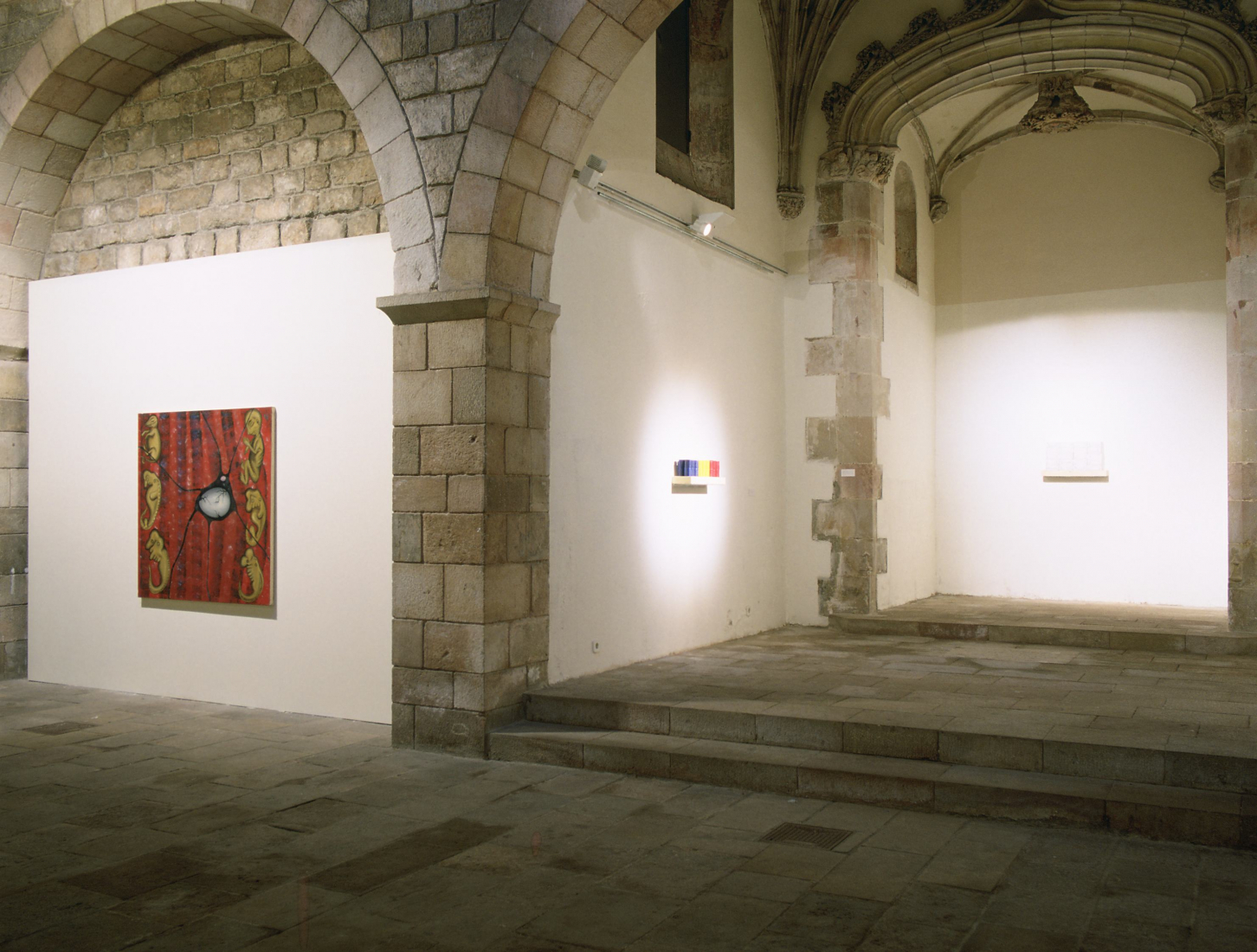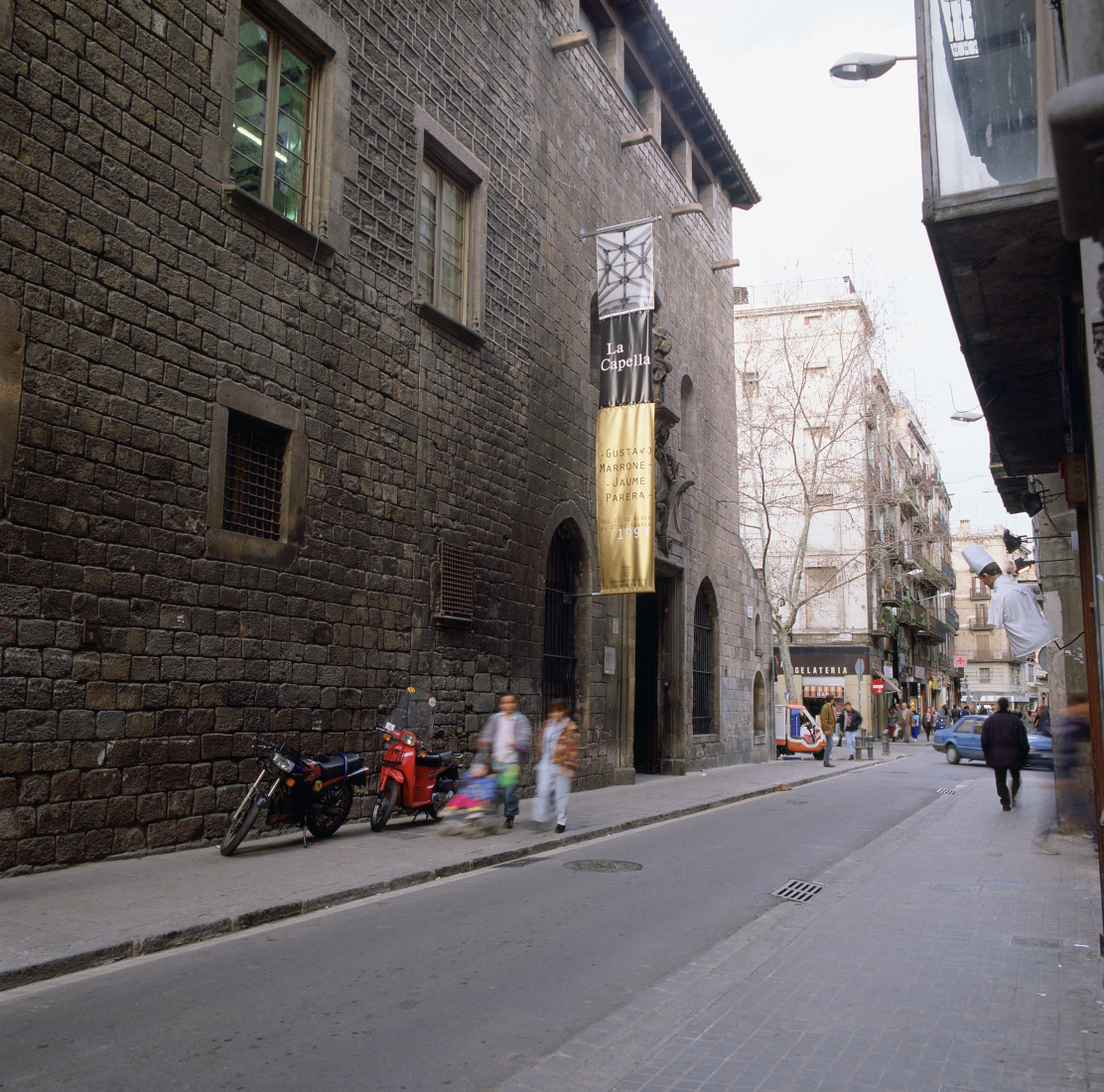Gustavo Marrone - Jaume Parera
In view of some events manifested in the artistic scene in a rather ostentatious way in recent years and which have led to remarkably question not only the obsessive dedication of some artists to the solely formal apparatus of artistic practice but also they have also pushed us to question the very essence and configuration of the arts in contemporary society, their means and their purposes, we could almost assume that the creative activity that interests us essentially and that which generates evolutionary generic mechanisms in a truly dynamic way it is a question that is presented and that perhaps only this way it must be presented deeply linked to the devices that already in previous occasions we have called like those of the sphere of the subjectivity, understanding for that reason all those domains that make human be considered as such in the plot of art and that shows the creative processes if their own existence does not have to be so denotative to fall into purely autobiographical aspects but it is sufficiently powerful and real to realize that they are indeed two indestructible and necessarily interdependent elements, immersed in processes of continuous inter-affection that make that both issues are nourished to one another in a visibly chained way.
Within the various convulsive processes that the current artistic scene has experienced in a capital way in the last decade, and along with this recovery of the most basic devices of the privacy applied to creation, some of the most significant sotracas have been based on the " attempt to dissolve the boundaries of artistic disciplines or, at least, in questioning their very essence and in moving their specific resources towards more or less new lands or, at least, towards traditionally decanted areas of the great established systems: the area from which the general concept of the arts has been most convulsed has undoubtedly been that of the three-dimensionality, with Emblems (The closed images and the sky on the ground) some qualifications and some refunds of unquestionable historical significance, and whose effects begin to experience completely undeniable in recent times . By contagion, and logically, research carried out in other sectors of current arts has also led to changes in place and evolution of the concepts.
As is the case of painting: for projection and contagion, the work carried out in this specific field has also led to an adaptation of other concepts linked to or directly dependent on it, such as those of representation, the idea of authorship, the work of the image, the importance of the support or the notion of specificity. From this complex and changing view, convulsed and evolved, the work of Gustavo Marrone and Jaume Parera, each one from very different assumptions and from other opposing media, ends up with quite similar conclusions, located both artists In a very exciting and stimulating speculative field, and exclusively referred to, in addition to the practice of painting as an artistic phenomenon endowed with unquestionable specificity - even if it is to be able to refute it and deeply linked to the avatars of one's own existence and of the artist's own situation at the end of the century.
Gustavo Marrone's painting shows us a closed idea of the representation constructed from a certain dose of irony but with the conviction of presenting a repertoire of images connected to each other as in a chain and based on a very important linguistic recurrence , and from suppositions of a remarkably subjective nature. In this series of closed images, through the metaphor, allegory and allusion, expressive will manifests itself as a powerful and clear universe that translates into a symbolic picture in which each This element works from significant instances developed by the artist, beyond the obvious meanings that in some cases may seem excessive, but obviously end up turning the whole turn. As in the analyst's discourse, in this work there is a central idea that could be described as the one of perpetual return, that is to say, that each image, apart from its significant potential, elaborates a part of the speech in such a way which always ends up reappearing in a very similar way, with the same values and with a pretty similar appearance, as if maintaining morphological structures adapting to changing syntactic structures. The work of Gustavo Marrone more than the work, a speech that speaks of the human condition perhaps even of his but without the grandiloquent tremendousism of the autobiographs or the preachers: it becomes in this sense, a work that speaks the stages in virtue of which man can be placed in the world, based on a use of painting in its most striking aspect, although less narrative and perhaps thinking that it is an instrument whose undoubted significance lies precisely in his well-known hermeneutic accessibility. His work, based on the forcefulness of a series of images that end up being quite close because of its origin, is placed in the order of speculation of subjectivity: closed images, hermeticism, split, The presence of the body, visual devices all of them undoubtedly related to a conception of art that goes beyond the mere visual situation or a simple formal speculation.
Jaume Parera's work, in turn, still in a somewhat incipient stadiums with regard to his research processes just begun, implies a very powerful incursion into the field of painting understood from its formal dematerialization or from its functional rematerialization: questioning what is the ultimate essence of painting, what are its more or less traditional means and objectives, whose defining resources and how these are necessarily linked to the same stages of the painting person, the artist with his career and with his memory.
We could perhaps think, in the light of his work, an undetectable deviation towards three-dimensionality from more or less pictorial and more or less well-known parameters. The evidence is undeniable, but this is a work that remains true to its principles: a serious investigation and an untiring search to go find the morphology and the syntax of a discipline that as the painting has traditionally been based on the Speech of the representation and that is thus installed in our memory. But it must be said that in this aforementioned process of formal dematerialization and functional rematerialization, the elements traditionally present in painting are still there, although logically reconsidered and presented in a quite different way, an essentially pictorial research, as well as its most representative representational content: Jaume Parera's work is mainly understood by the mechanisms that activate memory, the private symbolism of colors, the personal ordering of forms and volumes, and the almost obsessive idea of the presence of the past and the present in his work his own history as a creative subject, his vicissitudes as an artist, as if time was a factor when thinking about the construction of Each work and as if the order of things, events, events, were indeed the main element that governs the world, what gives sense and the one who builds the discourse, as if the course of time, in short, was the equivalent of the same story.
From very different formal solutions and based on clearly different assumptions, both Gustavo Marrone and Jaume Parera both show us a work that participates, however, of the desire to continue working in the strict fields of painting, which questions its functionality habitual, that speaks of the elements of the representation, that changes the traditional perception, that supposes a spill of the devices of the memory, that speaks of the communicative effectiveness, that is placed in the category of the emblems and the icons, that raises the Reflection on the viewer, which does not require an indifferent or impassive look, but essentially an accomplice and participant, which makes a personal discourse of time the essence of which, in spite of everything, is to look for it in the places of the privacy of the subject and in its necessary representative devices. At this point, once again, we realize what is the element in which the importance of the languages of the art is based and in which they are based to make them indispensable.



